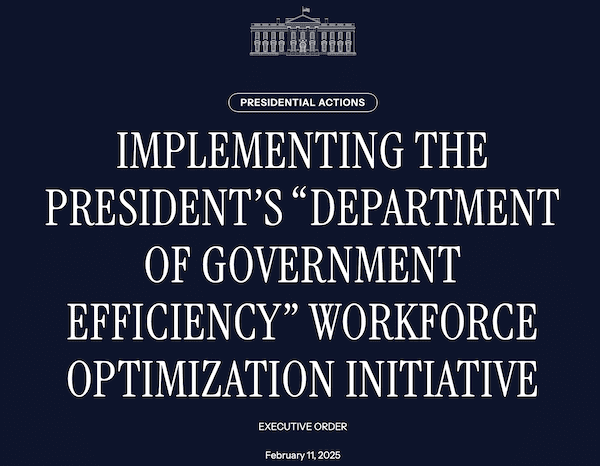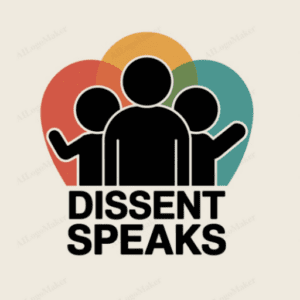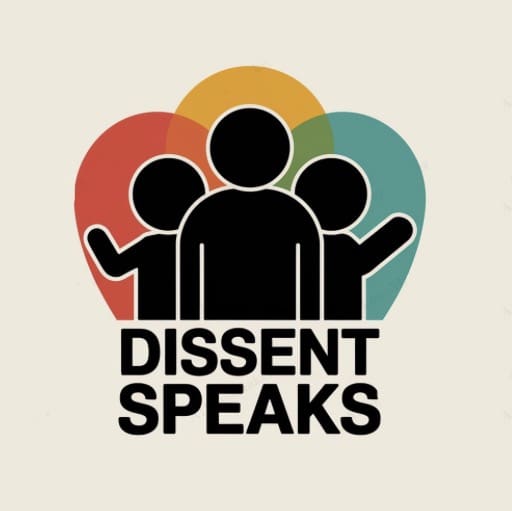
In a sweeping executive order signed on February 11, 2025, the President has initiated what may be one of the most significant transformations of the federal workforce in recent history. While framed as an efficiency initiative, closer examination reveals potentially far-reaching implications for government operations, public service delivery, and federal employees.
The Order’s Core Provisions
The executive order, titled “Implementing the President’s Department of Government Efficiency Workforce Optimization Initiative,” introduces several major changes to federal workforce management:
Dramatic Workforce Reduction
The order mandates that agencies hire only one employee for every four who depart, with limited exceptions for public safety, immigration enforcement, and law enforcement functions. This 4:1 attrition ratio represents an aggressive approach to workforce reduction that goes beyond typical government reform efforts.
Mandatory Reductions in Force
Perhaps most significantly, the order requires agency heads to prepare for “large-scale reductions in force (RIFs).” These RIFs specifically target offices performing functions not mandated by statute, with particular emphasis on diversity, equity, and inclusion initiatives.
New Hiring Controls
The order creates additional oversight of hiring decisions through “DOGE Team Leads” (Department of Government Efficiency), who can effectively veto career appointments unless overruled by agency heads.
Expanded Employee Screening
The order directs the Office of Personnel Management to expand suitability criteria for federal employment, adding new grounds for disqualification including tax compliance issues and equipment mishandling.
Critical Analysis and Concerns
Timing and Implementation Challenges
The order’s aggressive timeline raises immediate concerns. Agencies have just 30 days to submit reports identifying statutory requirements for their existence and components. This rushed timeframe could lead to hasty decision-making and overlooked consequences.
The 240-day implementation review period seems inadequate given the scope of proposed changes. Major workforce restructuring typically requires years of careful planning to avoid disruption to essential services.
Impact on Government Operations
Several aspects of the order warrant particular scrutiny:
Service Delivery Risks: The 4:1 attrition ratio could create significant staffing shortages in critical areas. While public safety and law enforcement are exempted, many other essential government functions could be severely impacted.
Institutional Knowledge Loss: Rapid workforce reduction through RIFs risks losing valuable expertise and institutional memory that may be difficult to replace.
Morale and Retention: The threat of widespread RIFs could trigger premature departures of high-performing employees, potentially accelerating workforce decline beyond intended levels.
Legal and Oversight Considerations
The order raises several legal and procedural questions:
Constitutional Concerns: While the order includes standard language about implementation “consistent with applicable law,” the scope and speed of proposed changes could face legal challenges.
Merit System Principles: The new hiring approval process, requiring DOGE Team Lead consultation, may conflict with established merit-based federal hiring practices.
Congressional Oversight: The order’s impact on statutorily mandated functions could draw congressional scrutiny and potential legislative intervention.
Broader Implications
Policy Priorities and Governance
The order reveals clear policy priorities through its exemptions and targets. While preserving law enforcement and immigration enforcement staffing, it specifically targets diversity and equity initiatives for reduction. This suggests a broader agenda beyond mere efficiency improvements.
Public Service Impact
The emphasis on workforce reduction over service quality improvement raises concerns about the order’s long-term impact on government effectiveness. Historical examples suggest that dramatic workforce reductions often lead to increased contracting costs and reduced service quality.
Economic Considerations
The order’s economic implications extend beyond immediate budget savings:
- Potential job losses in communities with significant federal employment
- Disruption to federal contracts and grants that support local economies
- Possible increased costs from knowledge loss and reduced operational capacity
Looking Ahead: Key Questions
Several critical questions remain unanswered:
- How will agencies maintain service quality with significantly reduced staffing?
- What metrics will be used to measure the initiative’s success beyond raw headcount reduction?
- How will the administration ensure transparency in implementation decisions?
- What safeguards exist to prevent political considerations from influencing RIF decisions?
Recommendations for Stakeholders
For Federal Employees
- Document statutory bases for current functions
- Maintain detailed records of essential duties and processes
- Stay informed about RIF procedures and employee rights
For Agency Leadership
- Begin careful assessment of statutory requirements
- Develop plans to preserve critical institutional knowledge
- Consider phased implementation approaches where possible
For Public Stakeholders
- Monitor implementation impacts on specific government services
- Document and report service delivery changes
- Engage with congressional oversight efforts
Conclusion
While government efficiency improvements are a worthy goal, this executive order’s aggressive approach and compressed timeline raise serious concerns about implementation feasibility and unintended consequences. The focus on rapid workforce reduction over systematic improvement of government operations suggests this initiative may prioritize political objectives over sustainable reform.
The coming months will be critical as agencies begin implementation efforts. Close monitoring by Congress, employee organizations, and the public will be essential to ensure that any changes serve the public interest while preserving essential government functions.
Stakeholders should prepare for significant changes while remaining engaged in oversight efforts to ensure that efficiency improvements don’t come at the cost of effective governance and public service delivery.

